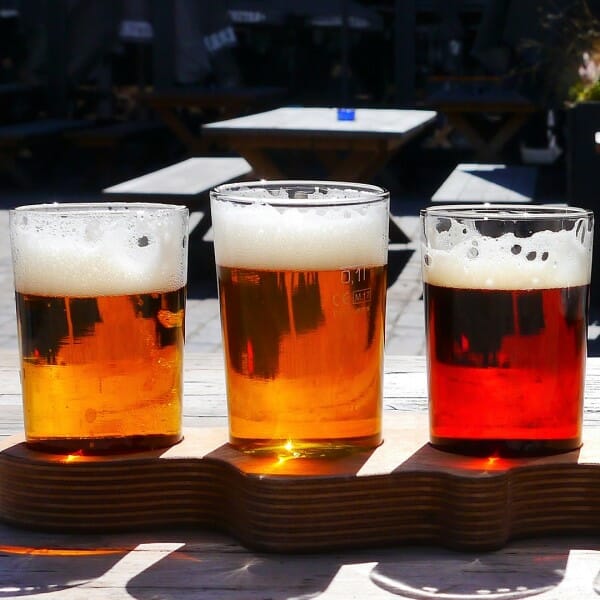
The craft brew industry has boomed over the past few years, and new research by an Arizona State University professor shows that while the brewers would like to use sustainable practices, many don’t think that consumers would be willing to pay a lot extra to support those efforts.
“Brewing is quite resource-intensive, and the number of craft brewers has hugely increased. We had 1,500 12 years ago and now it’s over 7,000,” said Carola Grebitus, an associate professor of food industry management in the Morrison School of Agribusiness at Arizona State University’s Polytechnic campus.
“Brewing is very water-intensive, and we were thinking about what that might mean,” said Grebitus, who also is a senior sustainability scholar in the Julie Ann Wrigley Global Institute of Sustainability and Innovation at ASU. Her paper, “Sustainable development in the craft brewing industry,” was published recently in the journal Business Strategy and the Environment.
Read more in ASU News. The abstract follows.
The rapid expansion of the resource-intensive brewing industry has led to U.S. and state-level initiatives to encourage sustainable craft brewing practices. These efforts raise questions about brewers’ current brewing practices and the conditions and factors that might influence a brewer’s decision to adopt sustainable practices. We conducted an in-depth survey of Iowa craft brewers in 2019 to evaluate current sustainability practices within breweries. In addition, we elicited brewer perceptions regarding consumer preferences and willingness-to-pay for sustainably produced beer. We analyze these factors together with data on brewery production characteristics and the brewer’s personal beliefs and demographics. While most breweries in our sample track key environmental metrics to some degree, many of them lack environmental plans. Further, we find significant variation in the degree to which brewers believe there is opportunity to leverage sustainable brewing practices to charge consumers a higher price. We also provide insight on relationships between environmental practices and potential resources provided to breweries. These findings improve our understanding of craft brewers’ tradeoffs regarding sustainable brewing practices that could apply more generally to other resource-intensive sectors.